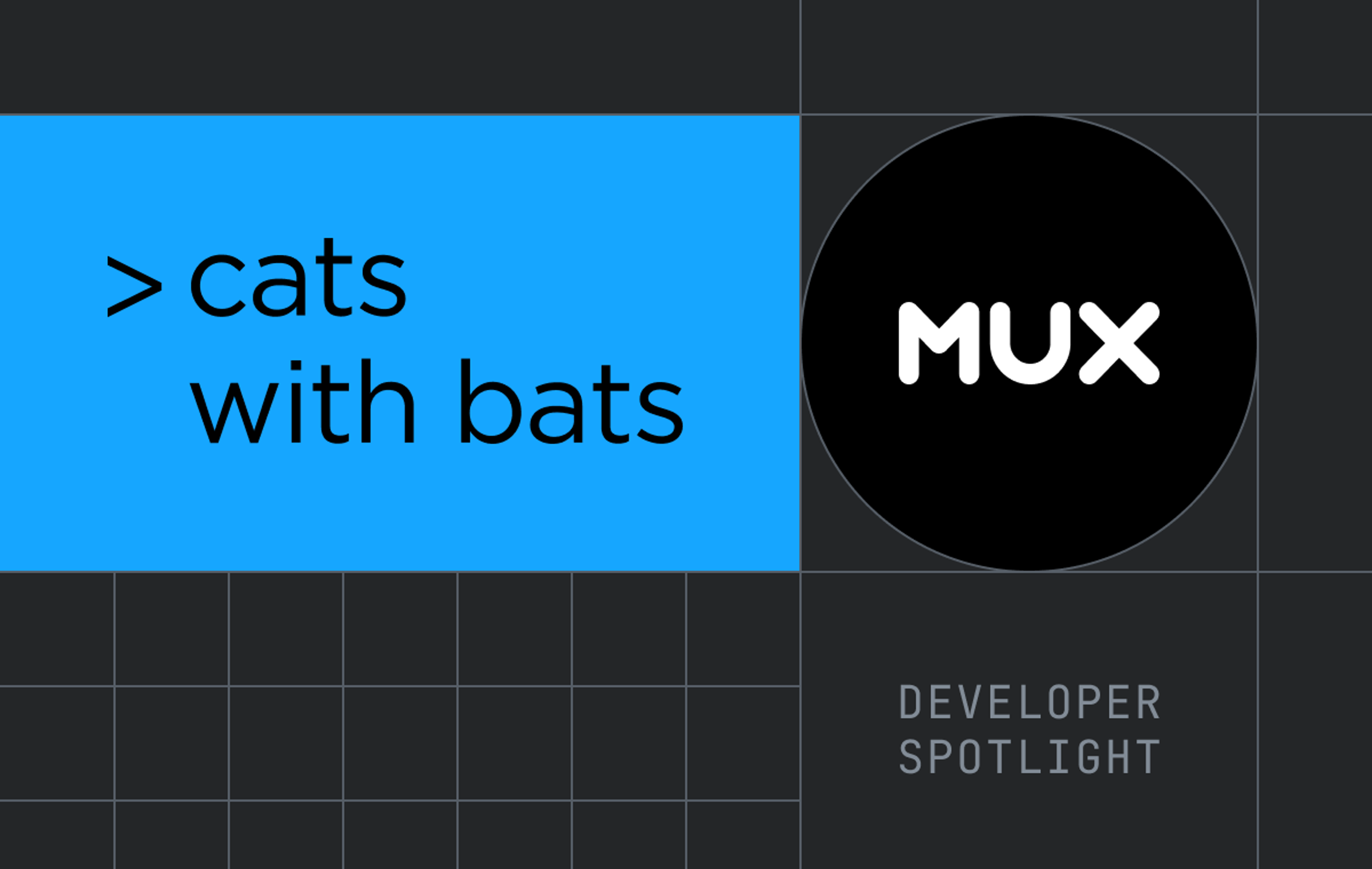The Mux Blog
We're a team of engineers, marketers, designers, all passionate about video and the work we create together. Welcome to our blog about video.

Published on June 11, 2025 (about 1 month ago)
How Apple made the F1 movie trailer literally shake things up
Apple released an F1 movie trailer with haptics. You can build vibrating video too (at least for Android).

Published on May 28, 2025 (about 2 months ago)
Tailwind is the worst form of CSS, except for all the others
Tailwind is weird, verbose, and opinionated… but it works. Here’s why it makes teams faster, more consistent, and a little less frustrated.

Published on May 13, 2025 (2 months ago)
The most annoying video player of all time
Every video player looks the same until you rebuild one with Three.js, simulated physics, and some 90s arcade chaos.

Published on April 8, 2025 (3 months ago)
We want your LLM to read our docs
llms.txt is a standard for LLMs to discover and read your website. Users can use LLMs like Claude or Cursor to talk with your docs, improving their experience.

Published on April 2, 2025 (4 months ago)
How to build a Windows 98-style video player in 2025
Get your dose of nostalgia as Dave puts Media Chrome to work to build a player in the style of Windows 98.

Published on March 6, 2025 (4 months ago)
Developer spotlight: Cats with Bats reimagines how developers learn with AI

Cats with Bats is reimagining developer education with AI-powered video tutorials, code extraction, and Mux-powered video for a modern way to learn to code.

Published on January 16, 2025 (6 months ago)
Reducing friction with video through Vercel Marketplace's integration with Mux
Lee Robinson chats with Mux about the new Vercel Marketplace, the role of AI in the developer experience, and tips for aspiring content creators.

Published on January 16, 2025 (6 months ago)
Mux’s high-performance video now in the Vercel Marketplace
Integrating high-performance video into Vercel applications is easier than ever with Mux's new Vercel Marketplace app.

Published on December 18, 2024 (7 months ago)
How we use ClickHouse as a real-time stream processing engine
At Mux, we replaced Flink and Postgres with ClickHouse to handle real-time stream processing. Here's how we scale and simplify our video architecture.

Published on November 26, 2024 (8 months ago)
How we cut ClickHouse latency from 12s to 2s
Here's how we identified and fixed a performance bottleneck in our ClickHouse cluster during the ingestion of high-volume real-time data through Kafka.